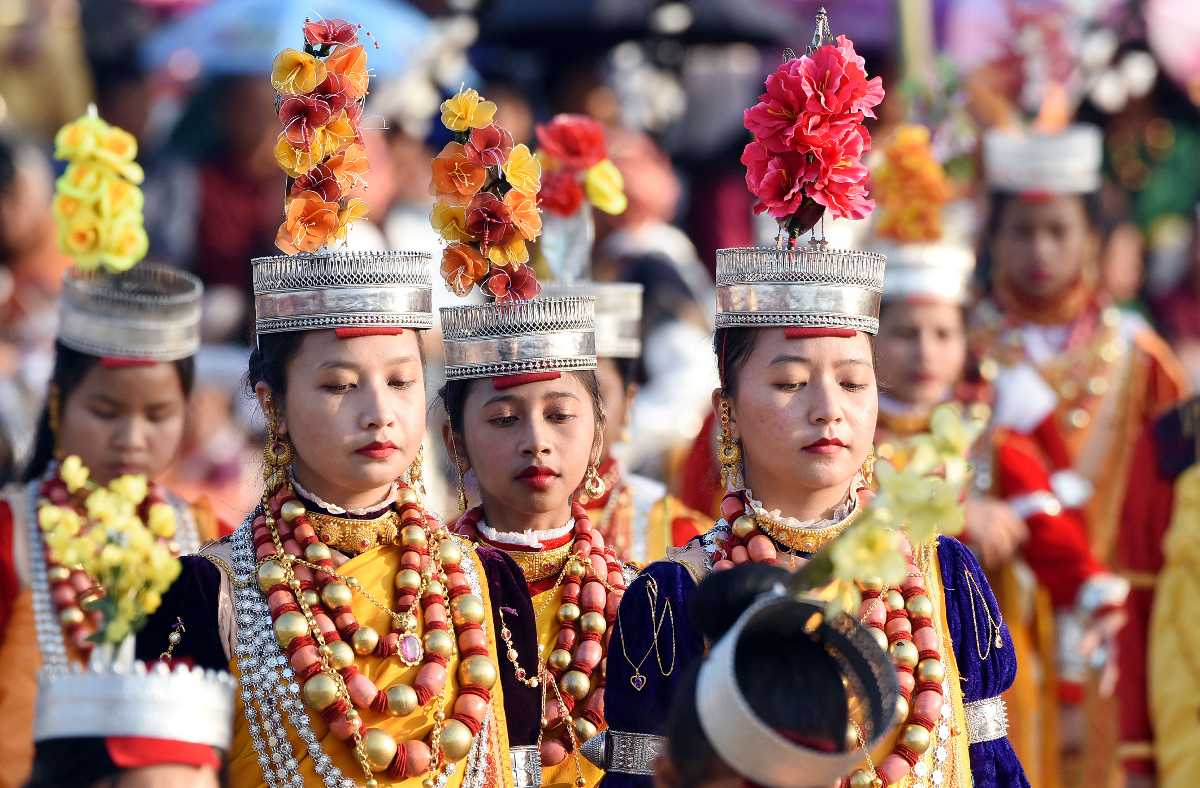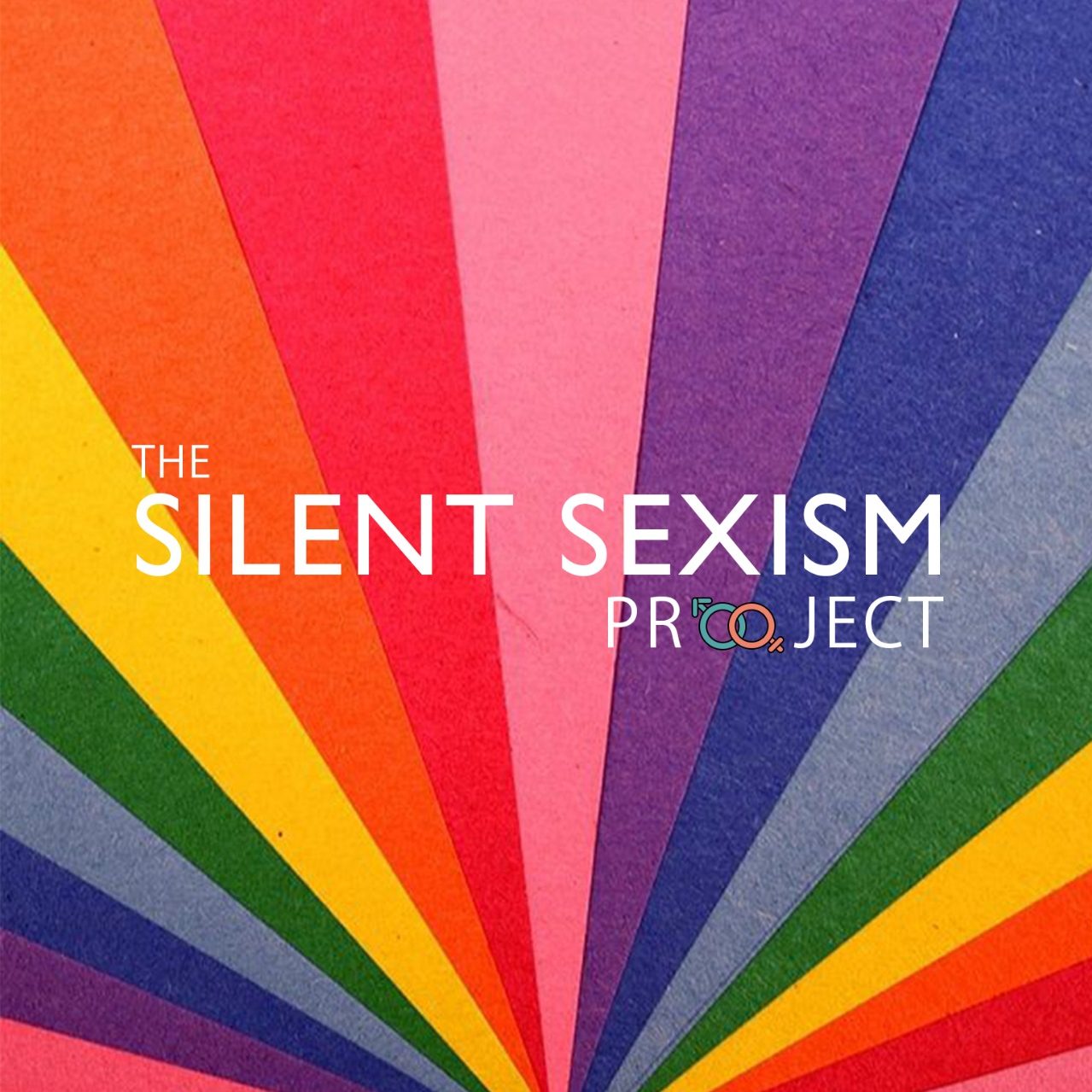WRITTEN BY: SABAH TASLIM
EDITED BY: DARSHNA GUPTA

Meghalaya is home to three matrilineal tribes known as the Garo, Khasi, and Jaintia, who share borders with Bangladesh on the south and west and Assam on the north and east of India. Meghalaya is popularly known to have one of the few matrilineal forms of society in the world. Imagine a world where women play a major role. In Meghalaya’s matrilineal society, women play a major role in society. One can safely say, it is a living example of a society that re-imagines gender roles, which have been existing and have stifled the rest of the world.
In a matrilineal family in Meghalaya, The Ka Khadduh[1], the family’s youngest daughter, receives all of the ancestral property. Husbands live with their mothers-in-law once they marry. Children adopt their mother’s surname. When a couple has no daughters, they adopt a daughter and give her the property rights. A girl’s birth is celebrated. Moreover, credit goes to the “Khasi Social Cusof Lineage Act,” since there is no social stigma attached to a woman remarrying or giving birth out of wedlock.[2]
Although the region brags about its unique history, some Khasi males believe they are treated as second-class citizens. They’ve formed organizations like the Syngkhong Rympei Thymmai (SRT) and Sam Kam Rin Ku Mai (Societal Restructuring Association) to protect equal rights for men. Unfortunately, it has been seen that despite the matrilineal nature of the family structure, most grave family choices are still made by the father, who has a great deal of power over the family. Although the Khasi tribe is a matrilineal society, women are not as powerful as you might assume. In the political front in the state, the Head Man, also known as the Rangbah Shnong, in a way forbids women from participating in local governmental organization bodies such as the Dorbar Shnong. The discrepancy and the disparity between the number of women in the forefront of politics in the state as opposed to males is extremely significant, and it is likely to be the same as in other Indian states. Women in Khasi society are mostly excluded from politics. Patricia Mukhim, a famous journalist and activist writes[3] –
“This is the stark reality of elections in matrilineal Meghalaya. A quick look at the profile of the women MLAs in Meghalaya reveals their support base. They all come from powerful political families.
Interestingly, women are only considered good at playing the second fiddle. They go on door-to-door campaigns for the candidate of their choice…So, is this the only thing women are good at? Or is the burden of running a family so daunting that stepping into politics is unfathomable? The answer, to quote Bob Dylan, is ‘blowin’ in the wind’….Meghalaya’s matriliny is indeed an illusion, which hides an insidious form of patriarchy.”
Patricia Mukhim
She also examines the benefits and drawbacks of matriliny, wherein, she states that since women have a right of lineage, it also puts them in charge of their families. This system does not insulate her or her children from the effects of a divorce because the woman is responsible for her children in the event of a divorce. Even in matters of ancestral property, she points out that only a few clans have large properties, which means, for most Khasis the right derived from the right to lineage is actually of little significance[4].
While matrilineal families are highly welcoming of women, the awareness about women’s reproductive health has also not been too significant in the state. This does not reflect the popular findings by the World Economic Forum (2021) that suggest that[5] –
‘The effect of matriliny on women’s health is associated with increased autonomy and resource control… While patriliny has been linked to reduced autonomy and resource access for women, we demonstrate that these inequalities can have tangible biological effects that contribute to gender disparities in health.‘
World Economic Forum (2021)
A study conducted by Tanka B. Subbait resulted in the finding that the reproductive health of matrilineal Khasi women is worse than that of patrilineal women[6]. Another factor that is known to have contributed to the lack of matriarch attitude is the fact that the state is primarily a Christian populated state. As a result, there is a truce between the Khasis’ tribal matrilineal practices and the Christian churches’ male-dominated worldview. All churches in Shillong, Catholic, and Protestant alike, encourage some sort of chastising and/or controlling of women[7].
To set the record straight, female empowerment is frequently associated with matrilineal civilizations. Many people believe that women in matrilineal societies have more rights and access to the property. However, the key is in acknowledging that to be a pioneer on female empowerment, it is not enough to be a matrilineal society from an anthropologist’s sense alone. While it is liberating to have societies that still prefer women’s lineage, it eventually remains futile if the effect does not percolate in every aspect to women’s representation and freedom.
While Meghalaya serves as a model for the rest of the country, we can’t ignore the reality that major initiatives are required to properly represent the spirit of women’s empowerment in the state. While concluding, It is also imperative to clarify that, in no sense are we endorsing a matriarchal society to attain women empowerment since we believe that the notion of a matriarchal or patriarchal civilization is antiquated and it encourages hyperfemininity and hypermasculinity while discouraging gender fluidity. But for a state with a strong history of women’s empowerment such as Meghalaya, it must continue to strive harder to qualify for a greater degree of women’s autonomy and meaningful female empowerment and not just limit itself to the traditional notion of matrilineal society, that it crowns itself of.
Sources:
[1] Allen, Timothy (19 January 2012). “Meghalaya, India: Where women rule, and men are suffragettes”. BBC News.
[2] Bhaumik, Subir (16 October 2013). “Meghalaya: Where women call the shots”. Aljazeera.
[3] Patricia Mukhim (2018) ‘Matrilineal’ Meghalaya Goes to Polls With Only 32 Women in Fray’. The Quint
[4] Mukhim, P. (2000) “Giving matriliny a bad name”. The Shillong Times.
[5]Scotty Hendricks (2021) ‘Why living in a matriarchal society is better for women’s health’. World Economic Forum. https://www.weforum.org/agenda/2021/02/women-matriarchal-society-improved-health-patriarchy/.
[6] Tanka B. Subba (2008) Matriliny, Reproductive Health, and Reproductive Rights An Essay on the Khasis of Meghalaya, Northeast India.
[7] Laetitia Wajri (2016) ‘The Madonna in a matrilineal society’ The Raoit.
